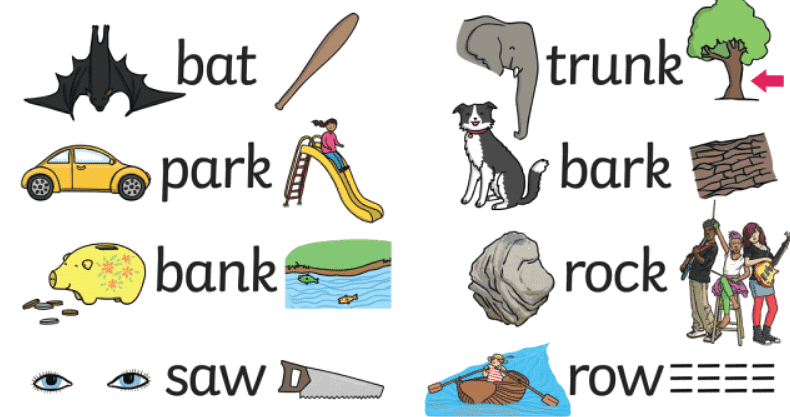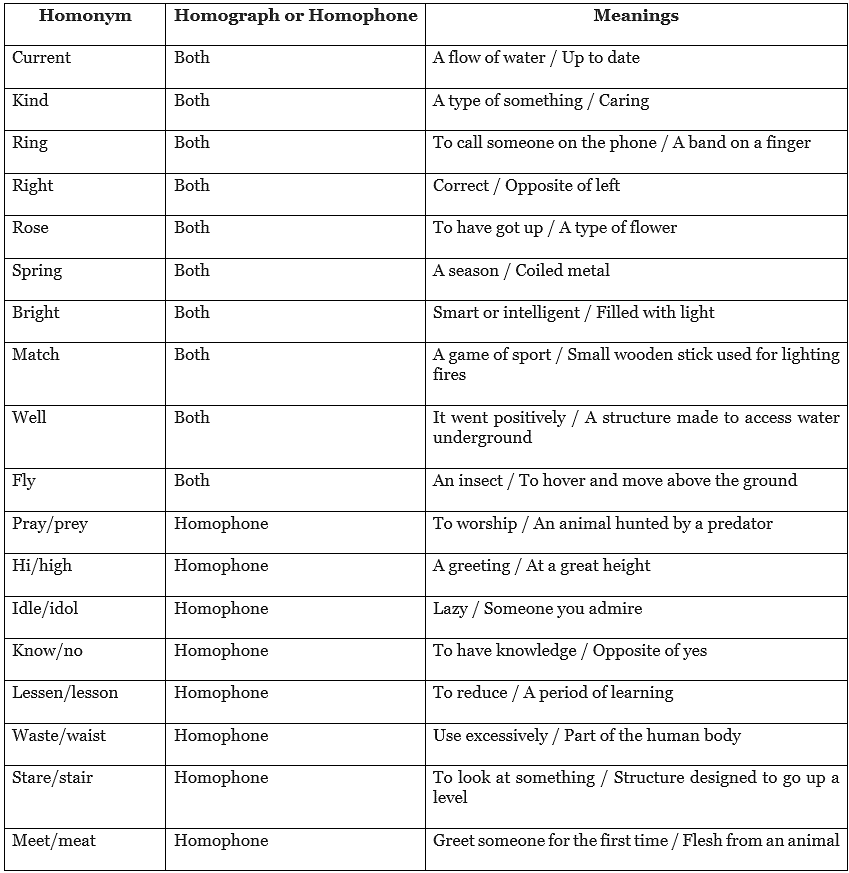Introduction: Paronyms and Homonyms | English Language & Comprehension for SSC CGL PDF Download
Paronyms
The term "paronym" refers to words that, despite sounding different, possess similar meanings or derive from a common root. They aid in understanding nuances in language and can be learned and spelled correctly through various methods, such as analyzing their correct spelling and usage in writing. Understanding paronyms involves comprehending their definitions and examples rather than relying on a specific formula.
Common examples of paronyms include:
- "Dependent" meaning relying on someone or something, as in "She was dependent on her husband for everything," and also referring to a dependent person, as in "She claimed him as a dependent on her tax return."
- "Negligent," signifying carelessness, as in "He was negligent about locking the door, and a thief got in," versus "Negligible," meaning unimportant or small, as in "The damage from the storm was negligible."
- "Willing" denoting readiness, as in "I am willing to go to the bank with you to fix this problem," and "Willful," signifying determination, as in "She was a willful child who would never stop once her mind was made up to do something."
- "Hail," which can mean belonging to, welcoming, or frozen rain, as in "Those hailing from Bangladesh are living illegally in this country," versus "Hale," indicating health, as in "He is hale and hearty and enjoys life to his fill."
Further examples include "alternately and alternatively," "deprecate and depreciate," "continuous and contiguous," and "conjuncture and conjecture," each with their distinct meanings.
For instance:
- "Ingenious" implies skillfulness or cleverness, as in "She devised an ingenious scheme to hoodwink the police," while "Ingenuous" signifies frankness or innocence, as in "Children are liked for their ingenuous nature."
- "Temperance" embodies moderation in habits, such as eating and drinking, for a healthy lifestyle, as in "We should observe temperance in eating and drinking habits because it leads to a healthy way of life," whereas "Temperament" refers to disposition or nature, as in "Always keep away from persons of choleric temperament."
Homonym
Homonyms refer to words that share either the same spelling or pronunciation but have different meanings. This similarity in appearance or sound can often be perplexing, particularly for children in the process of learning to spell.
- There exist two primary categories of homonyms: homophones and homographs. Homophones are words that are spoken identically but have distinct spellings. On the other hand, homographs are words that share the same spelling but are pronounced differently. For example, 'their,' 'they're,' and 'there' are typical instances of homophones, while 'desert,' denoting a dry landscape, and 'desert,' referring to a sweet course, exemplify homographs.
- The term 'homonym' finds its origin in the Greek word 'homonymos,' meaning 'having the same name.' Its components, 'homo' denoting 'same' and 'nym' meaning 'name,' succinctly encapsulate the concept—homonyms are words that resemble each other in appearance and/or sound. This fundamental understanding forms the basis of comprehending homonyms.

Deciphering the intended meaning of a homonym often necessitates relying on context clues rather than solely depending on the word's pronunciation or spelling. For instance, in a conversation about sports like cricket or baseball, when someone mentions 'bat,' it's evident they're referring to the equipment rather than the winged mammal.
What are some homonym examples?

|
133 videos|107 docs|150 tests
|

















